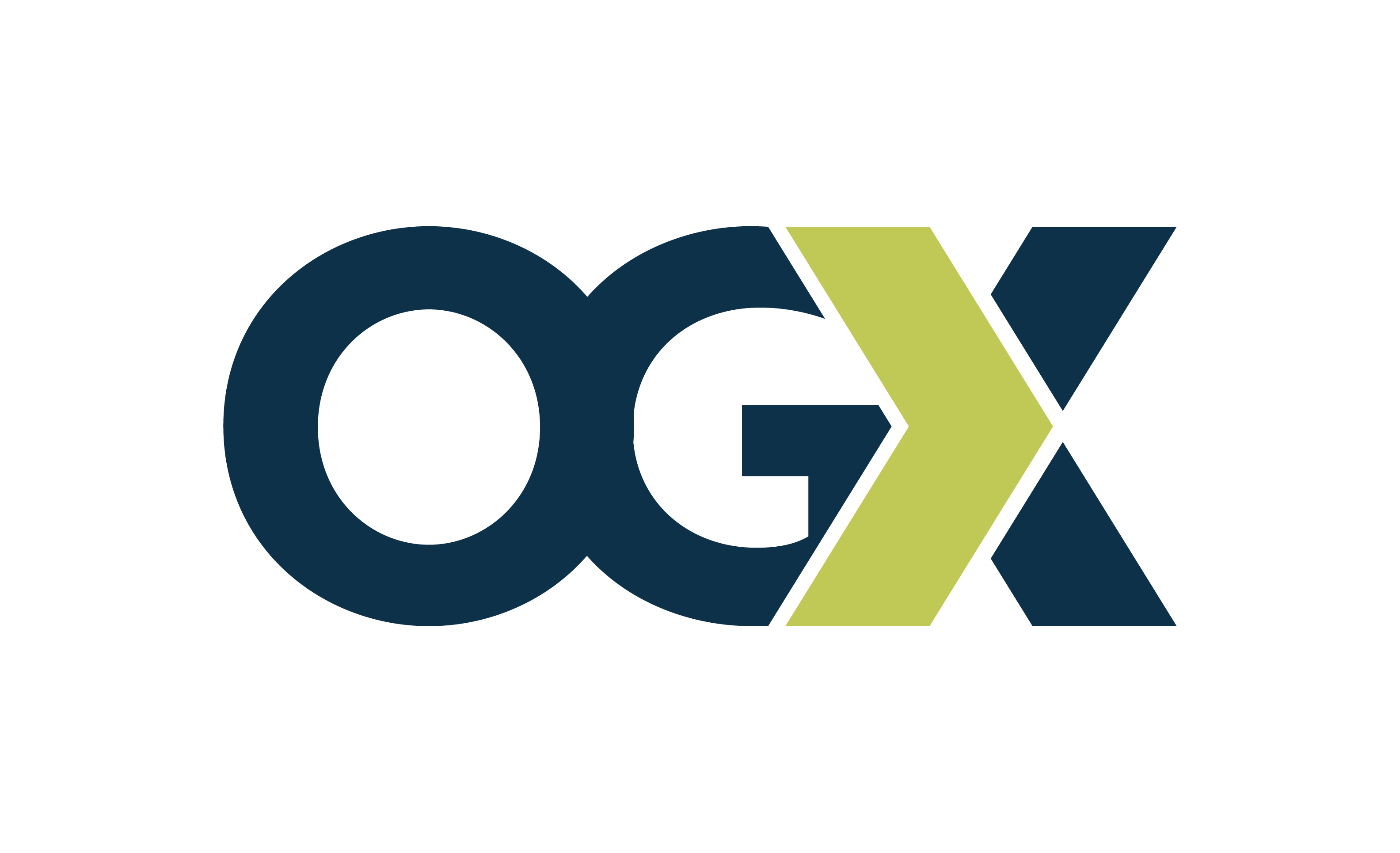Future-Proof
Your Workforce
April 27, 2023 | Article
By Abbey Pint with contributions from Tori Copeland
This article highlights how you can optimize your workforce, improve performance levels, and achieve your business goals while making the most of your resources.
Introduction
You need great people to do great work. If you don’t plan ahead to ensure you have the appropriate resources, skills, and knowledge, there can be serious consequences for your business. But with a clear vision and strategy, you can avoid the risk of hiring the wrong people or placing employees in roles they’re not equipped to handle. The roadmap to success in your workforce rests with two proven methods.
Understanding Competency Modeling and Strategic Workforce Planning
Competency modeling is the process of identifying and defining the specific skills, knowledge, attributes, and behaviors required for success in a given role or position. Competencies are a unique set of characteristics that differentiate between high and low performers within an organization. Businesses can use this information to determine what skills their employees already have, as well as what gaps may exist between current employees and the ideal candidate. This information can also be used for recruiting and hiring, and detailing career progression. This technique is often used in conjunction with strategic workforce planning (SWP), which helps organizations identify how many people they need to hire in order to meet business goals.
SWP involves assessing your current workforce against future needs by identifying gaps between current skill sets and desired ones (i.e., competencies). It then involves determining how best to close these gaps through training programs or hiring new talent with relevant skill sets. By giving managers the tools for developing an incumbent’s skills, organizations can improve performance levels overall. This can also have a positive impact on morale as internal career paths show clear routes for promotion opportunities.
These methods help to identify potential risks and challenges that may impact your organization’s ability to achieve its strategic objectives. For example, when faced with a rough economy, businesses may need to make tough decisions about cost-cutting. By investing in SWP and competency modeling, businesses can make informed decisions on how to optimize their workforce and achieve their goals with fewer resources. SWP can help ensure that businesses are making the most effective use of their limited resources, understanding how to proactively reduce turnover, and avoiding overstaffing or understaffing, both costly mistakes. This is just one example of how SWP and competency modeling can help you weather a storm and emerge stronger on the other side.
Identify The Gaps
It’s important to define the problem before starting on a solution. As Albert Einstein famously said, “If I were given one hour to save the planet, I would spend 59 minutes defining the problem and one minute resolving it.” In this case, it’s about identifying gaps in your workforce and developing a plan to address those gaps in order to achieve your desired business outcomes.
For example, through SWP, an organization in the transportation industry may identify a shortage of commercial truck drivers in a particular region. By identifying this gap, the organization can develop strategies to address it, such as investing in driver training programs or offering incentives to attract new drivers. Or, as the transportation industry becomes more focused on sustainability, organizations may need to develop new competencies related to alternative fuels and energy-efficient vehicles. Once problems are identified, solutions can be implemented with greater clarity and focus.
Building Blocks
Competencies are often used in conjunction with other methods such as job analysis or performance appraisal to define the requirements of jobs within an organization. Competency models can be used at any level within an organization, including individual positions, departments or entire business units. A competency theme is made up of several related competencies. For example, if you’re looking at how to build a solid workforce planning strategy for your organization, there might be two themes: teamwork and leadership. In this case, team players will have strong interpersonal skills like communication and collaboration; leaders tend to be strategic thinkers with strong decision-making abilities. The resulting competency model may then be utilized in succession planning initiatives.
To develop a competency model, the first steps involve reviewing job descriptions and identifying the knowledge, skills, and abilities (KSA) required for each role. These KSAs are then grouped into competencies, which can fall into different categories depending on their purpose. Some examples of competency categories include:
- People’s competencies, which refer to soft skills such as communication, teamwork, and problem-solving.
- Core competencies, which are essential business skills that all employees should possess, such as customer service, project management, and data analysis.
- Technical competencies, which are specific to a particular job or group of jobs and vary based on workforce segmentation strategy. For example, technical competencies for a marketing department may differ from those for a finance department.
- Leadership competencies, which are relevant for management roles and career development.
A job family can be a useful way to group together roles with similar competencies. For example, in the transportation industry, a job family may include various roles such as drivers, dispatchers, and logistics coordinators, all of which require similar technical competencies related to transportation regulations, route planning, and vehicle maintenance. By grouping roles into job families and identifying the competencies that are relevant for each family, a company can develop targeted and effective competency models and strategic workforce planning. This ensures that the company is hiring individuals with the necessary skills and capabilities to perform their roles effectively. It also helps the company to provide tailored training and development opportunities for employees within that family.
AT A GLANCE:
How to Build Your Own Competency Model
- Define all existing jobs, as well as the jobs you need to fill.
- Identify the competencies required for each job.
- Align the competencies to the jobs so that they can be used as a roadmap for training and development.
A workforce planning strategy can be developed based on the competencies required for a job family.
Once competencies and job families are defined, they can be used as part of a strategic workforce plan, identifying gaps in your organization’s current talent pool that might need to be filled through hiring or training programs.
AT A GLANCE:
Implementing competency modeling and SWP requires a systematic approach. The following steps can be used to implement these practices effectively:
- Define the Business Objectives:
What does the organization want to achieve? This will help to ensure that the talent strategy is aligned with overall business goals. - Conduct a Competency Analysis:
Identify the critical competencies required for all roles within the organization, including the proficiencies required for each progression in a given role. - Develop Competency Models:
Once the critical competencies have been identified, competency models can be developed that define those competencies in measurable terms and outline the required competencies for various proficiency levels. - Conduct a Workforce Analysis:
The next step is to identify the existing talent pool and potential talent gaps. - Develop Workforce Plans:
Based on the competency models and workforce analysis, workforce plans can be developed that address the organization’s talent needs. - Implement the Plans:
The final step is to implement the workforce plans, which may involve hiring new talent, developing existing talent, or outsourcing talent as needed.
Conclusion
Competency modeling and strategic workforce planning are essential for ensuring that you have the right people in the right roles at the right time. These methods offer a range of benefits to organizations, including:
- Improved Talent Management:
Competency modeling and SWP can help organizations identify and develop the skills and capabilities required for employees to perform effectively in their roles. This can improve employee performance and productivity, leading to better business outcomes. - Better Alignment with Business Objectives:
These methods help to align an organization’s talent strategy with its overall business objectives. This alignment can help to ensure that the organization has the necessary skills and capabilities to meet its strategic goals and objectives. - Reduced Risk:
By identifying potential talent gaps and developing strategies to address them, SWP can help organizations to reduce the risk of not having appropriate or adequate support when it’s needed. - Improved Succession Planning:
They can also help organizations to identify potential successors for critical roles. This can help to ensure that the organization has a pipeline of talent ready to assume key positions when needed. - Reduced Turnover and Costs:
With proper strategy and implementation, these approaches can help to ensure that all employees have the necessary skills required for success at work, reducing turnover and costs associated with hiring and training.
Working with countless clients to develop roadmaps for success, we can’t stress enough the value and importance of using these methods to identify gaps in your workforce and developing strategies to fill them. If you’re seeking confidence in the future of your workforce, we can help you get it. Contact OGx if you’re interested in learning more about our services.
Unparalleled expertise
We dig deep into the inner workings of numerous industries. Pairing our knowledge with proven methodologies, we consistently deliver value to our clients.
Sign up to expect firsthand knowledge from our team that will help you to make informed decisions and give you an edge over your competition.
Unparalleled expertise
Join our community of forward-thinkers. Receive valuable expertise from our seasoned professionals, thought leaders, and industry experts. We dig deep into the inner workings of numerous industries. Pairing our knowledge with proven methodologies, we consistently deliver value to our clients.
Sign up to expect firsthand knowledge from our team that will help you to make informed decisions and give you an edge over your competition.

